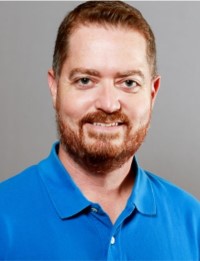 Method Optimization for the ICP-OES Analysis of Challenging Environmental Samples from Wastewater to Electronic Waste
Method Optimization for the ICP-OES Analysis of Challenging Environmental Samples from Wastewater to Electronic WasteMetals Analysis and Remediation
Oral Presentation
Presented by J. Gross
Prepared by S. Antonio, S. Antonio
Thermo Fisher Scientific, 9074 East 29th Place, DENVER, Colorado, 80238, United States
Contact Information: [email protected]; 646-753-1586
ABSTRACT
As general industry remains a contributor of toxic elemental contamination in the environment, in this day and age of rapidly advancing technology and increasing digital communication, the production and disposal of electronic devices are of growing concern. Elemental analysis for environmental protection has extended globally from drinking water, wastewater and soils to electronic wastes which are analyzed for toxic contaminants and valuable elements for recovery and reuse.
This variety and complexity of sample matrices, combined with comprehensive quality control protocol required by environmental methods such as Method 200.7 and SW-846 Method 6010, lead to challenges for analysis by ICP-OES. Furthermore, the physical, chemical and spectral interferences from these matrices must be addressed in order to obtain reliable results.
In this presentation, learn how optimizing instrument components and parameters, combined with innovative instrument hardware and software features, can help to avoid the negative effects of interferences, and simplify the analysis of the most challenging environmental samples from wastewater to electronic waste.

